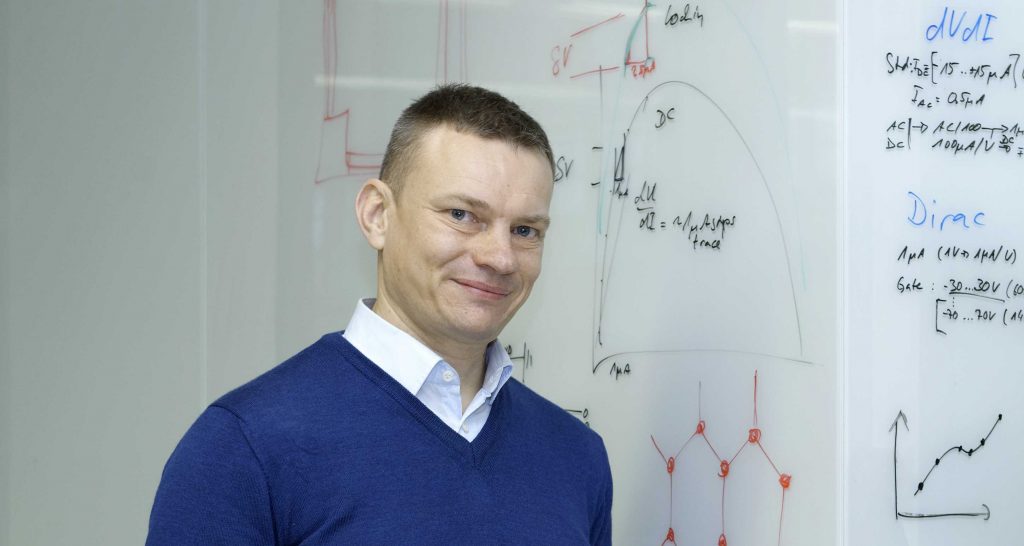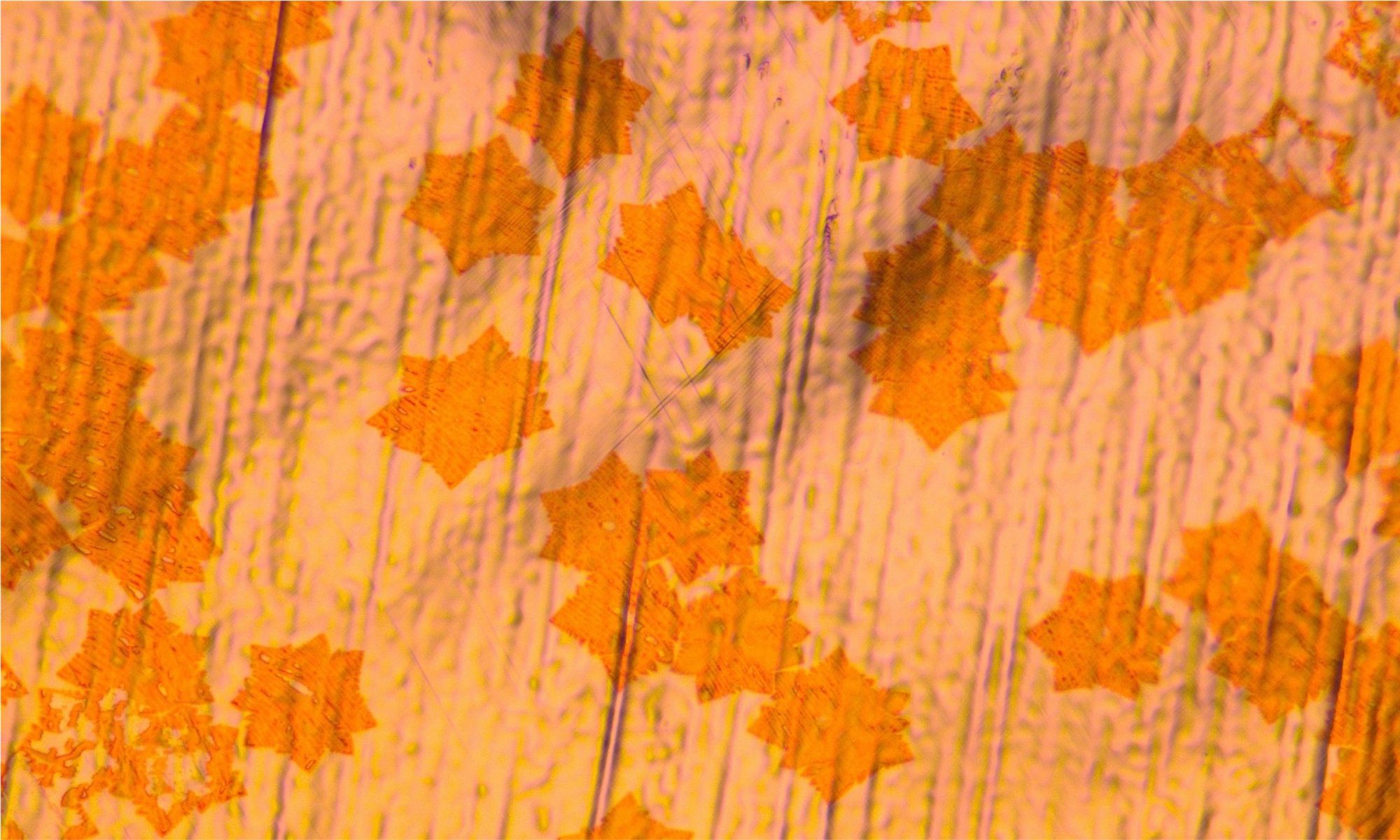The European Research Council (ERC) has announced the list of new ERC Consolidator Grant holders. For the second time, Prof. Christoph Stampfer founding member of the “Aachen Graphene & 2D Materials Center” has been awarded an ERC Grant. After an ERC Starting Grant on “Graphene Quantum Electromechanical Systems” in 2011, he now receives a Consolidator Grant on “2D Materials for Quantum Technologies”.

2D4QT – 2D Materials for Quantum Technologies
Since its discovery, graphene has been indicated as a promising platform for quantum technologies. The number of theoretical proposals dedicated to this vision has grown steadily, exploring a wide range of directions, ranging from spin and valley qubits, to topologically-protected states.
The experimental confirmation of these ideas lagged significantly behind experimentally, mostly because of material quality problems. The quality of graphene-based devices has however improved dramatically in the past five years, thanks to the advent of the so-called van der Waals heterostructures – artificial solids formed by mechanically stacking layers of different two dimensional materials, such as graphene, hexagonal boron nitride and transition metal dichalcogenides. These new advances open now finally the door to put several of those theoretical proposals to test.
The goal of this ERC project is to assess experimentally the potential of graphene-based heterostructures for quantum technology applications. Specifically, Stampfer’s team seeks to push the development of an advanced technological platform for van der Waals heterostructures.
At the end of this project, the researchers will be in a good position to assess whether graphene is the horse worth betting on predicted by theory or whether it still hides surprises in terms of fundamental physics. The technological advancements developed in this project for integrating nanostructured layers into van der Waals heterostructures will reach even beyond this goal, opening the door to new research directions and possible applications.
